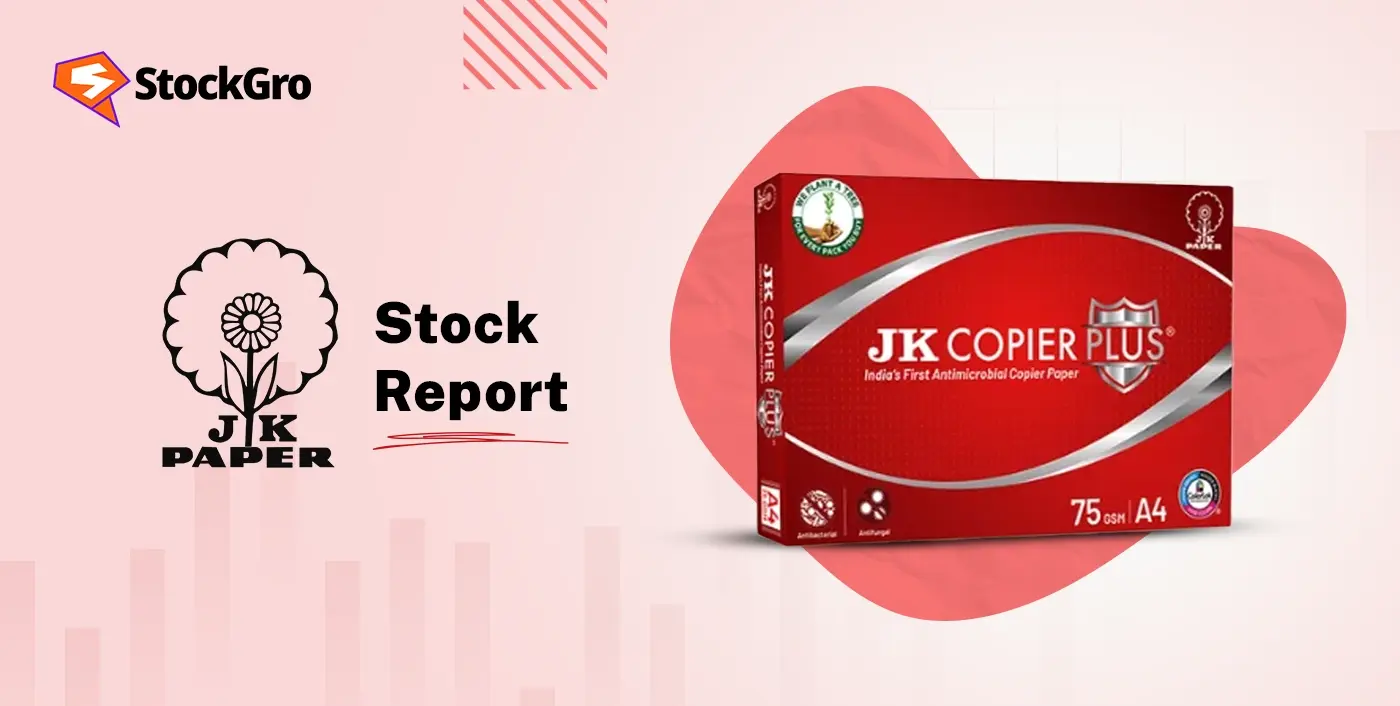
Sector overview
The Indian banking sector is the backbone of the country’s financial system, facilitating capital formation, credit expansion, and economic development. With over 12 public sector banks, multiple large private players, a robust network of cooperative banks, and rapidly growing fintech-backed NBFCs, the sector has witnessed significant transformation post-COVID, catalyzed further by digitization and regulatory reform. As of 2025, the sector stands at an inflection point amid global macroeconomic uncertainty, domestic growth recovery, and evolving customer preferences.
Structure of the Indian Banking Sector
- Public Sector Banks (PSBs)
- Account for ~60% of total banking assets
- Government-led consolidation has reduced their number from 27 (2017) to 12
- Private Sector Banks
- Higher profitability, superior asset quality
- Key players: HDFC Bank, ICICI Bank, Axis Bank, Kotak Mahindra Bank
- Foreign Banks
- Limited penetration but strong niche offerings in trade finance and corporate banking
- Regional Rural Banks & Cooperative Banks
- Important for financial inclusion, rural credit
- Small Finance Banks & Payments Banks
- Targeting underserved segments, digital-first approach
Current Landscape (2025)
- Credit Growth: 14.6% YoY (Retail lending leading the charge)
- Deposit Growth: 10.8% YoY (Stable CASA ratios for most private players)
- Gross NPAs: Reduced to 3.2% (vs. 7.6% in 2018). This cleanup is credited to several structural and regulatory reforms:
- Asset Quality Review (AQR) initiated by the RBI in 2015-16 forced banks to recognize and report NPAs transparently.
- Insolvency and Bankruptcy Code (IBC) enabled faster resolution of stressed assets, pushing recovery.
- Recapitalization of PSBs by the government strengthened balance sheets.
- Stricter provisioning norms and risk management practices reduced fresh slippages.
- Credit underwriting discipline has improved, with greater emphasis on borrower quality and cash flows.
- Digital Transactions: 78% of all retail transactions now digital
- Credit Penetration: Still low compared to global averages (Credit-to-GDP at 56%)
Key Growth Drivers
- Digital Transformation
- UPI, Bharat BillPay, and neo-banking leading the charge
- AI-driven underwriting, automation in compliance
- Formalization of Economy
- GST, digitization, and Jan Dhan Yojana bringing new customers into the fold
- Financial Inclusion Initiatives
- Rise in microfinance, small ticket loans, and MSME credit lines
- Private Sector Dominance in Retail Credit
- Private banks expanding aggressively in personal loans, credit cards
- PSB Reforms
- Operating efficiency and profitability improving post-mergers
Key Challenges
- Rising Interest Rates
- Can compress NIMs in the medium term
- Global Headwinds
- Fed rate decisions, crude oil prices, and geopolitical tensions
- Fintech Disruption
- Threat to traditional fee-based income
- Cybersecurity Risks
- With higher digital adoption comes vulnerability to data breaches
- Credit Quality Watchlist
- Agri loans, unsecured lending, and MSME segments require close monitoring
Policy and Regulatory Landscape
- RBI Guidelines: Stricter provisioning norms, PCA framework for NBFCs
- Digital Lending Regulation: Clearer norms for NBFCs and fintechs
- Priority Sector Lending (PSL): Adjusted to include renewable energy, start-ups
Outlook (2025-2026)
- Credit Growth: Expected to remain strong at ~13-15%
- Profitability: Private banks to maintain high ROE; PSBs to improve further
- Consolidation: Likely to continue among cooperative and small banks
- Digital-First Banking: Will be the central theme for competitive advantage
Valuation and Stock Market Trends
| Bank | CMP(in ₹) | P/E | RoCE | NIM (%) | 1Y Returns |
| HDFC Bank | 1,957 | 21x | 8% | 4.1 | 22% |
| ICICI Bank | 1,425 | 20x | 8% | 4.4 | 14% |
| Kotak Bank | 2,140 | 19x | 8% | 4.2 | 17% |
| SBI Bank | 823 | 9x | 6% | 3.6 | -7% |
| Axis Bank | 1,099 | 12x | 7% | 4.0 | -15% |
ICICI and HDFC remain top picks for their strong balance sheets, digital edge, and consistent profitability. SBI is a value pick among PSBs.
Recommendation: Overweight the Banking sector with a 12–18 month horizon, especially in portfolios seeking capital growth.If you found this helpful and want regular stock trade calls, check out my StockGro profile here: https://stockgro.onelink.me/vNON/6m6ykj0dConclusion
India’s banking sector stands at the cusp of major transformation. With accelerating digitization, favorable macro tailwinds, and stronger regulatory oversight, the sector is poised for multi-year growth. However, investors must remain watchful of asset quality trends and regulatory risks. Diversified private players like HDFC and ICICI Bank continue to lead, while reforms are slowly making PSBs more attractive. As always, the winners will be those who balance scale, profitability, and agility in a fast-changing financial ecosystem.

